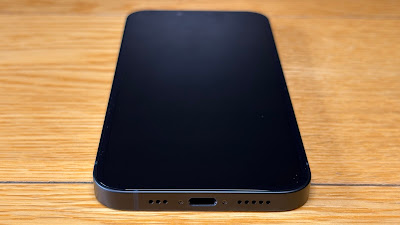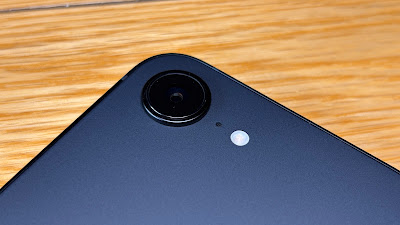Why bring out one phone when you can launch six?
Once again, Samsung is in the process of swamping the market with mid-range Galaxy A-Series phones. Yes, there are half a dozen to choose between this year, starting at just NZ$229.00.
If that isn't overwhelming enough, there are still four A-Series handsets from last year listed on Samsung's New Zealand website. If you're wondering how to tell the difference, the 2025 models all end in a "6." Because, of course they do. What's confusing about that?
Hopefully, if you're in the market for a sub-$1000 phone, you'll come across a well-trained sales expert who can carefully and precisely explain the differences between all these devices.
If you're shopping online, I guess it's up to me.
Unfortunately, I'm only going to be able to help you with the Galaxy A36 and Galaxy A56, the two higher-end variants of this year's crop. It's hard enough reviewing two phones simultaneously, let alone six.
Essentially, the main differences between A-Series phones of any given year mostly comes down to build quality, camera performance and above all else, processor power.
This last thing can be somewhat wonky to get your head around if you're not the kind of phone-user who cares that much about the latest and greatest in phone tech. In fact, let's face it, this year you might only be buying a new phone out of necessity because they're turning off the 3G network and you need something capable of 4G... or perhaps even 5G?
Both the A36 and A56 options Samsung have brought to New Zealand are 5G-capable. They both have large, 5000mAh batteries that'll cruise through a full day (and probably a second) and they both have sumptuous 6.7-inch Super AMOLED displays. Those displays - and the rear panels - are protected by Corning Gorilla Glass Victus +. This makes them very hard-wearing indeed and I was surprised to see it on phones in this price range. The IP67 water and dust protection is another welcome durability feature.
Both phones come in three "Awesome" colourways - Lavender, Lime or Black for the A36 and Pink, Graphite or Lightgrey for the A56. Although they look almost identical, if you hold them both at the same time you'll immediately feel the first difference; the A56 has more durable metal rails around the edge which gives it a much more premium, solid and generally less plasticky feel.
The next big difference is also on the outside but you won't be able to spot it by looking at it. Although both handsets have a 50MP three-sensor primary camera module on the back, the Ultra-Wide lens is 12MP on the A56 as opposed to 8MP on the A36.
I've taken excellent photos with both devices but for some reason, the A56 seems to result in slightly clearer images and videos with truer colours.
That reason probably has a lot to do with why I'd choose the A56 over the A36 every time; processing power. The performance gap is noticeable with just about everything you do with either handset... Scrolling and navigating around the device is smoother on the A56. Opening apps is much slower on the A36 - especially opening the camera app. And changing orientation from portrait to landscape and back again is also laggy and choppy on the A36.
Interestingly, the end results are generally quite comparable and the major feature both devices bring to the table in 2026 is Galaxy AI. Or Google Gemini. Or both. Or maybe it's the same thing.
To be honest, this whole AI racket is a real mess. You can obviously add other AI apps to these phones too and if you're subscribed to a whole suite like Microsoft 365, then you're probably introducing Copilot into the equation as well.
Even Google can't quite seem to decide if you should be summoning Gemini or Google Assistant. The point is, you don't have to shell out for a $1000+ flagship to access a lot of this stuff. If you want this stuff, that is.
One place where Samsung's version of AI really comes to the fore is editing photos. There's a lot you can do to clean up your pics after the fact - things like removing unwanted people and objects in the background for example. Again, this takes a bit longer with the cheaper phone but it can still do it.
The A36 starts at NZ$649.00 while the A56 is definitely in the next bracket up at NZ$799.00. In saying that, I can assure you the 256GB A56 is a far superior device and well worth every cent. If it had wireless charging I'd be more than happy to use it as my daily device. And if, like me, you have a relative you need to move off 3G by the end of the year, either of these phones would be a major upgrade and a great replacement.











